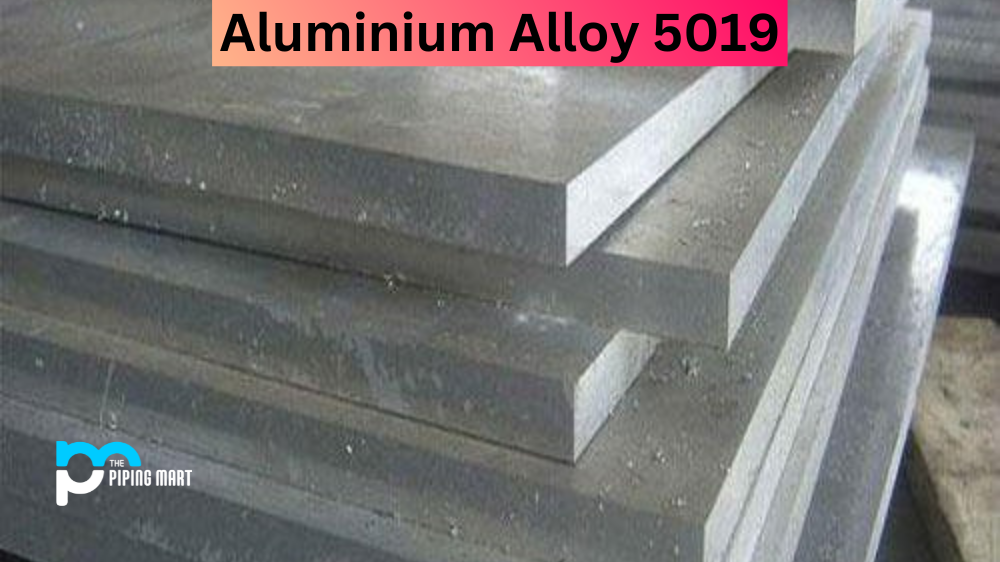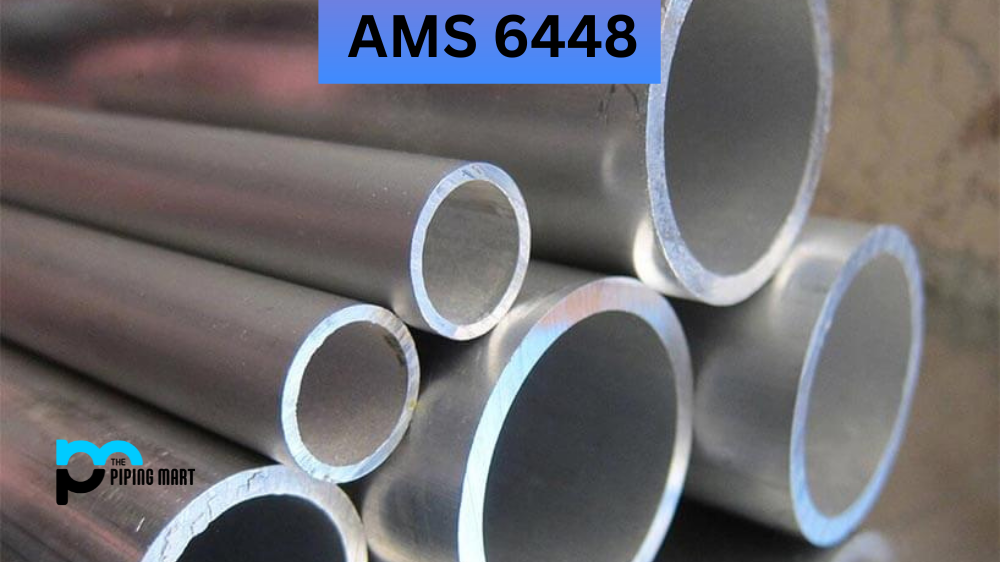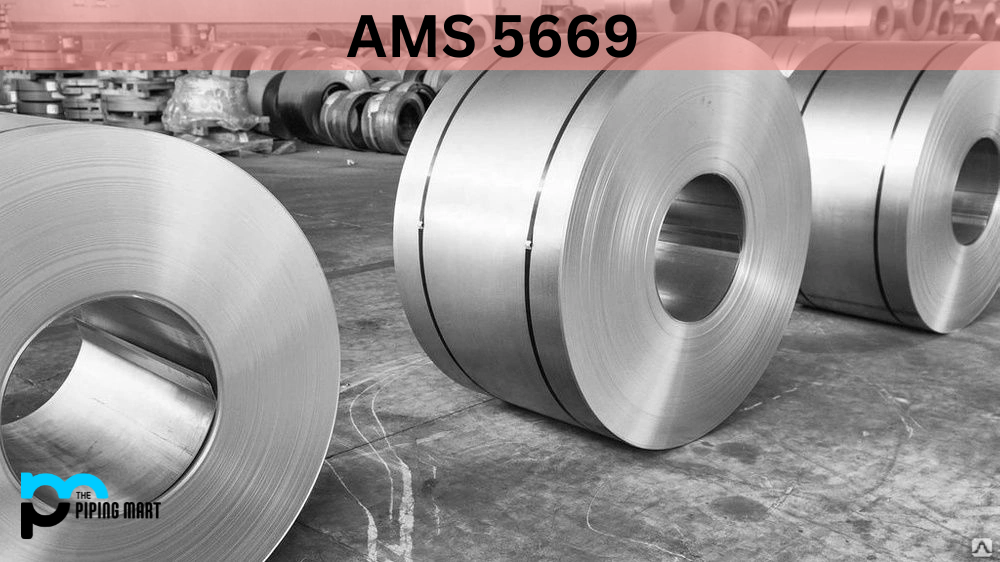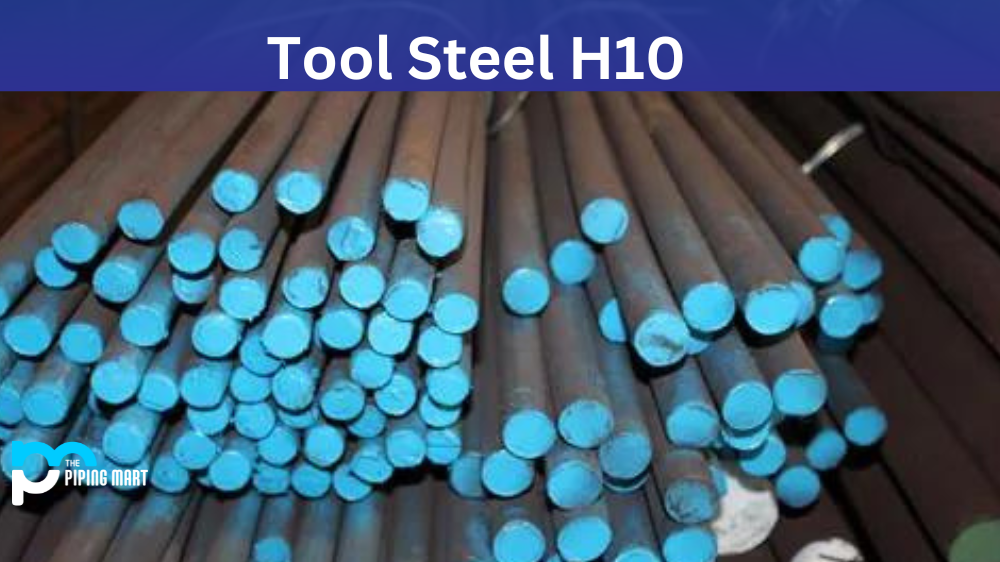Aluminium Alloy 5019 is a unique aluminum alloy that has a wide range of applications. It is often used for structural components, automotive parts, and other high-stress or heat-resistant items. This article will explore the composition, mechanical properties, physical properties, uses, corrosion resistance, heat resistance, heat treatment, machining and welding of Aluminum Alloy 5019.
5019 Aluminium Composition
Al 5019 is an aluminum alloy composed of elements such as silicon, iron, magnesium, copper and zinc in varying proportions. The exact composition may vary depending on the end use of the product.
| 91.5 to 95.3 | ||
| 4.5 to 5.6 | ||
| 0.1 to 0.6 | ||
| 0 to 0.5 | ||
| 0 to 0.4 | ||
| 0 to 0.2 | ||
| 0 to 0.2 | ||
| 0 to 0.2 | ||
| 0 to 0.1 | ||
| 0 to 0.15 |
5019 Aluminium Mechanical Properties
As with all aluminium alloys, grade 5019 has an excellent strength-to-weight ratio making it suitable for applications where weight savings are important. The alloy also has good fatigue resistance and ductility, which makes it ideal for components subjected to cyclic loadings, such as automotive parts.
5019 Aluminium Physical Properties
Alloy 5019 has a 2.7 g/cm3 density, slightly lower than other aluminum alloys but still higher than most metals. It also has an electrical conductivity of 39% IACS, which is significantly higher than steel but lower than copper and other metals.
5019 Aluminium Uses
5019 Aluminium Alloy is widely used in the automotive industry due to its excellent strength-to-weight ratio and good fatigue resistance. Other common uses include aircraft components and structural components in ships and buildings.
Corrosion Resistance
Aluminum Alloy 5019 offers excellent corrosion resistance against both atmospheric conditions as well as seawater environments, making it suitable for marine applications such as shipbuilding or offshore structures. In addition to this, it also exhibits good weldability, making it an ideal choice for corrosive environments where welding may be required.
Heat Resistance
Aluminium Alloy 5019 can resist temperatures up to around 170°C (338°F) before its strength begins to deteriorate significantly; however, at higher temperatures, its strength can still remain respectable, providing adequate service life in some cases. Its maximum operating temperature should not exceed around 250°C (482°F).
Heat Treatment
Heat treatment can be used to improve the mechanical properties of Aluminium Alloy 5019 by increasing its tensile strength and reducing its elongation properties; however, this process should only be done by experienced professionals who understand how best to treat the material to achieve optimum performance characteristics without damaging or weakening it further.
Machining
Aluminium Alloy 5019 can be machined using conventional methods, although care must be taken when cutting the material due to its relatively soft nature compared with other aluminium alloys such as 6061 or 7075-grade materials
Welding
Aluminium Alloy 5019 can be welded using conventional arc welding techniques however, welds should be inspected carefully afterwards due to their tendency towards cracking if not performed correctly or if post-weld heat treatments are not applied appropriately
Conclusion
Aluminium Alloy 5019 offers an excellent combination of strength and weight savings while remaining highly resistant to corrosion and heat damage making it an ideal choice for many applications, including automotive parts, aircraft components and structural components in ships or buildings. Its good weldability allows for a variety of fabrication techniques, while post-weld treatments help ensure optimal performance characteristics are maintained even after welding operations have been performed. With proper care, this alloy can offer years of reliable service in even the most challenging industrial settings.

Pipingmart is a B2B portal that specializes in metal, industrial and piping items. Additionally, we share the latest information and information about materials, products and various types of grades to assist businesses that are involved in this business.




